Marine Mammals
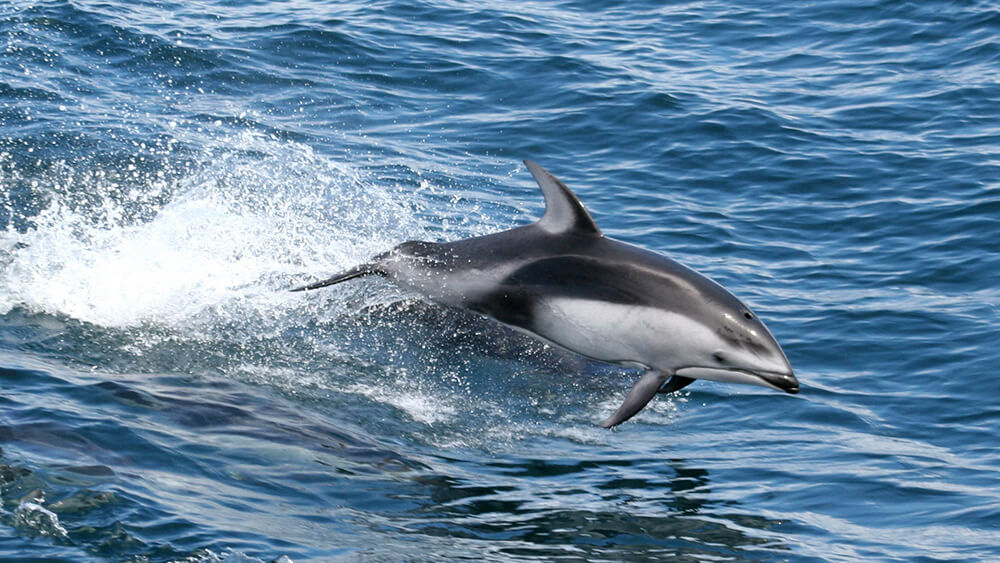
Mammals are animals that are warm blooded, breathe with lungs, give birth to live young, nurse their young, and have hair (at some point in their life). Twenty-nine species of marine mammals reside in or migrate through Olympic Coast National Marine Sanctuary.
Three broad types of marine mammals are represented within Olympic Coast waters: cetaceans (whales, dolphins, and porpoises), pinnipeds (seals and sea lions), and sea otters.
Cetaceans
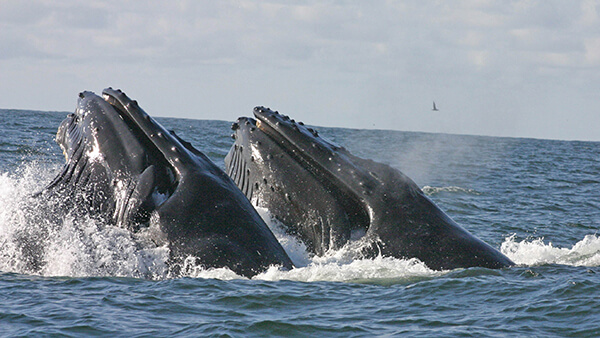
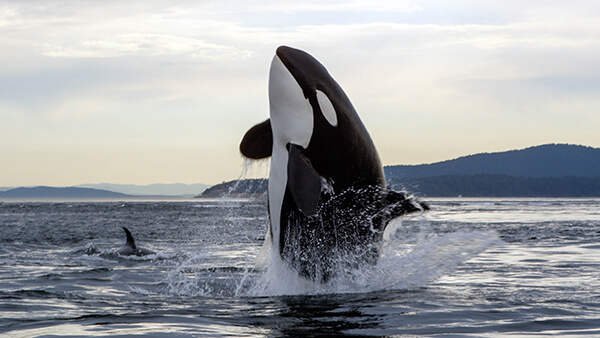
Cetaceans are completely aquatic animals that breathe through nostrils (blowholes) on top of the head. Cetaceans are divided into two groups - baleen whales (mysticetes) and toothed whales (odontocetes). The most common baleen whales of the Olympic Coast are the North Pacific gray whale and the humpback whale. The most common toothed cetaceans of the Olympic Coast are the harbor porpoise and the killer whale (also known as orca).
Pinnipeds
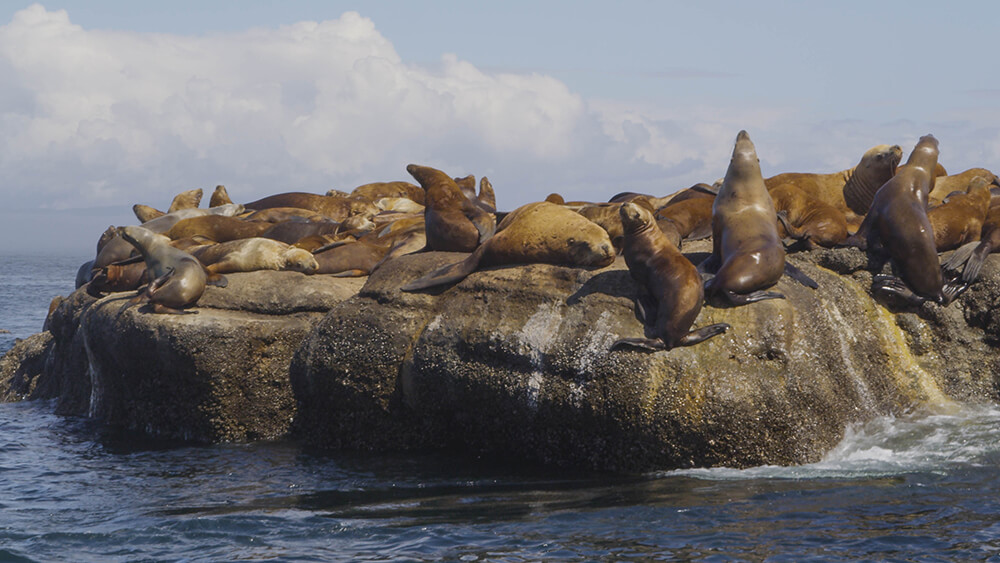
Pinnipeds are carnivores that have adapted to life in the water and at the water's edge. They forage at sea but most come ashore at some time of the year to mate, give birth, suckle their young, molt, or rest. Pinnipeds are divided into two families: Eared seals or sea lions (otariids) and the earless or true seals (phocids). Steller and California sea lions are representative eared seals of the Olympic Coast. Harbor seals and elephant seals are the only earless seals of the Olympic Coast.
Sea otters
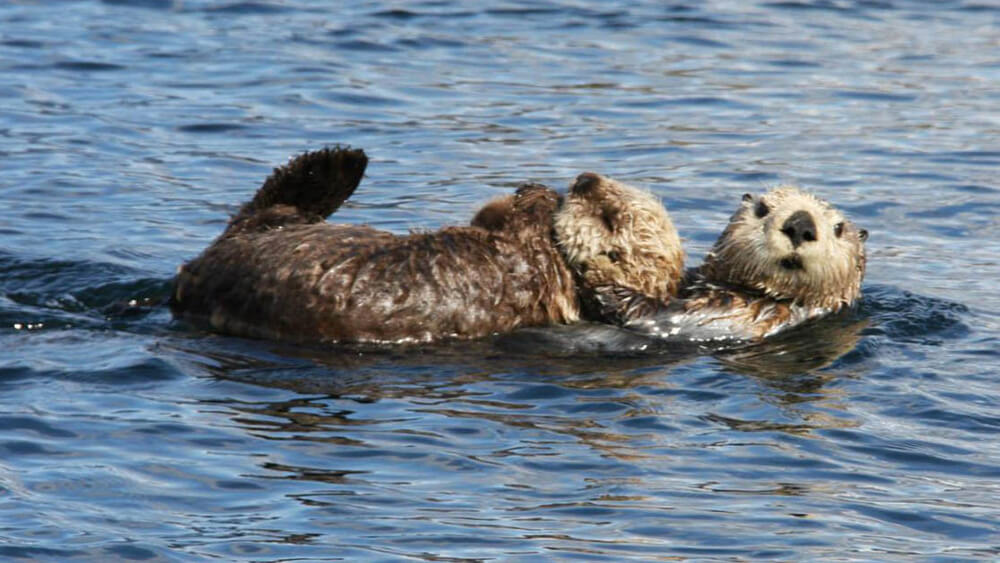
Sea otters are members of the weasel family that have adapted to life almost entirely in the water. Physically larger than river otters, sea otters also have short, paddle-like tails and webbed feet.

